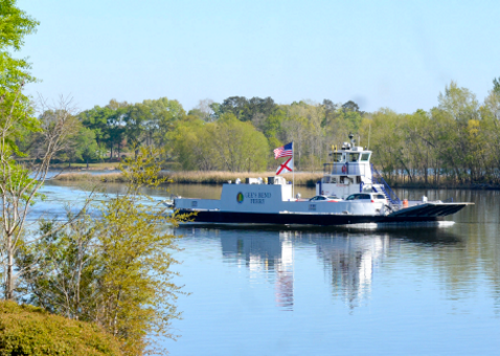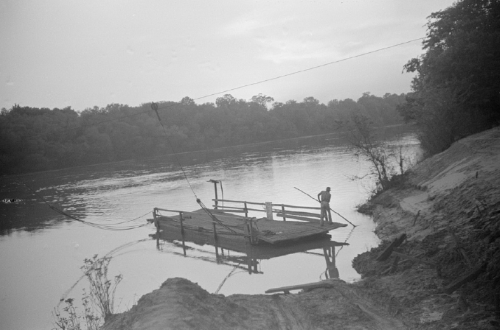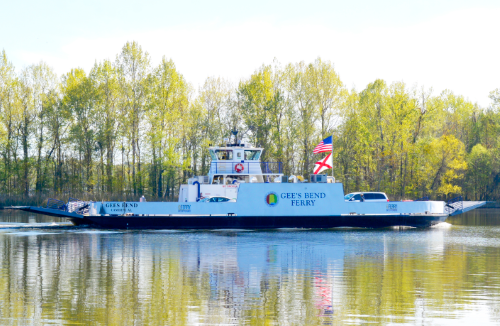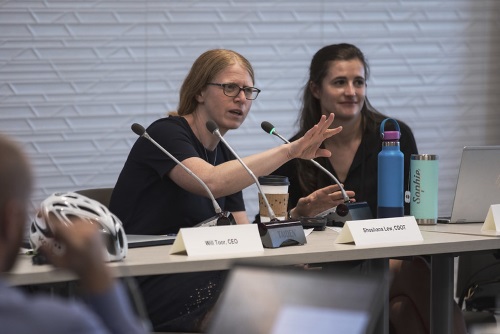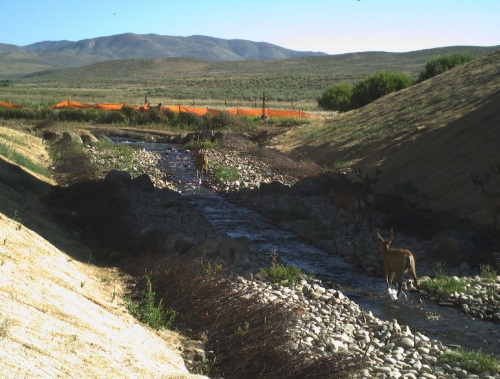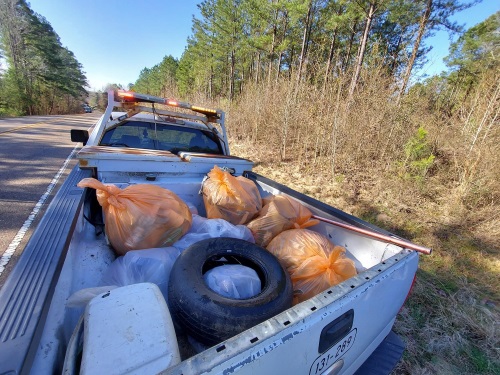FEDERAL ACTION
Biden Harris Infrastructure Plan Allocates $621B for Transportation – AASHTO Journal
How Biden plans to tackle the climate crisis in his $2 trillion infrastructure plan – Vox
Oil Giants Win Climate Suit as Judges Push For Political Fix – Bloomberg Green
An Essential Ingredient for Getting Infrastructure Done: Pork – Governing (Commentary)
White House Announces Environmental Justice Advisory Council Members – The White House (Press release)
COVID-19
The Environmental Implications of the Return to the Office – CityLab
NEPA
FHWA Lays Out Next Step for NYC Congestion Pricing – AASHTO Journal
DOT halts Texas highway project in test of Biden’s promises on race – Politico
INFRASTRUCTURE RESILIENCE AND SUSTAINABILITY
Transportation And Climate Initiative Passes Legislative Hurdle In Connecticut – WSHU Radio
N.C. Ports Works On Next Steps For Wilmington Harbor Navigational Project – WilmingtonBiz
California to Test Whether Big Batteries Can Stop Summer Blackouts – Bloomberg Green
The Northwest Seaport Alliance recognizes 2020 North Star Award winners – American Journal of Transportation
AIR QUALITY
Cruise ship emissions have short-term effect on downtown Juneau air quality, Alaska DEC says – KTOO Radio
EPA Reinforces Position that Certain Types of ECM Changes in Road-Certified Vehicles Constitute “Tampering” Under the Clean Air Act – National Law Review
ENVIRONMENTAL JUSTICE
Oregon Bill Proposes New Statewide Land Use Planning Goal for Climate Justice – JDSupra
Environmental justice symposium to activate green community “hubs” around the state – The Burg
EPA to start environmental justice training program in Dayton – WDTN-TV
NATURAL RESOURCES
Planning continues to curtail invasive plants along state roads and highways – Newton County Times
Cost of litter cleanup delays other NCDOT projects – WRAL-TV
State environmental regulators fine Department of Transportation for Preston permit violations – Charleston Gazette-Mail
Southern Appalachian Mountain Stewards v. Red River Coal Company, Inc., No. 19-2194 (4th Cir. 2021) – Justia (Summary and link to decision)
New Mexico tribes sue US over federal clean water rule – AP
CULTURAL RESOURCE
Four environmental projects receive extra funds from PitCo commissioners – Aspen Times
HEALTH AND HUMAN ENVIRONMENT/ACTIVE TRANSPORTATION
Community Spotlight: Shenandoah Valley Bicycle Coalition – WHSV-TV
An idea for bringing life back to the Loop? Close State Street to vehicle traffic – REJournals
Transport Troy unveils trails map – The Record
E-Bikes Force Reconsideration of Old Bike Trail Rules – Bakersfield Californian
TRB RESOURCES/ANNOUNCEMENTS
Transportation Recovery from COVID-19 Changes Takes Research and Planning – TRB
Transportation Research Record Special Issue on COVID-19: Deadline Extended to April 30 – TRB
Seeking Panel Nominations for Supplemental National Cooperative Highway Research Program (NCHRP) Synthesis Projects: Nominations due April 28 – NCHRP
Webinar: Geochemistry and Mineralogy in Chemical Soil Stabilization – TRB
Project Called International Model for Environmental Justice and Revitalization – ReGenesis Economic Development Corporation and MDB, Inc. (Press release)
FEDERAL REGISTER NOTICES
Administrative Rulemaking, Guidance, and Enforcement Procedures – Office of the Secretary of Transportation (Final rule)
Taking Marine Mammals Incidental to the Hampton Roads Bridge Tunnel Expansion Project in Norfolk, Virginia – National Marine Fisheries Service (Final rule; notification of issuance of Letters of Authorization)
Hazardous Materials: Notice of Public Meetings in 2021 for International Standards on the Transport of Dangerous Goods – Pipeline and Hazardous Materials Safety Administration (Notice of 2021 public meetings)
Notice of Intent To Prepare an Environmental Impact Statement for Ocean Wind, LLC’s Proposed Wind Energy Facility Offshore New Jersey – Bureau of Ocean Energy Management (Notice)
Request for Nominations of Candidates to the EPA’s Clean Air Scientific Advisory Committee (CASAC) – EPA (Notice)
Request for Nominations of Candidates to the EPA’s Science Advisory Board (SAB) – EPA (Notice)
United States-Mexico-Canada Agreement Mitigation of Contaminated Transboundary Flows Project – EPA (Notice of intent to prepare an environmental impact statement; notice of virtual public scoping meetings; request for comments)
Community Forest Program – Forest Service (Final rule)

